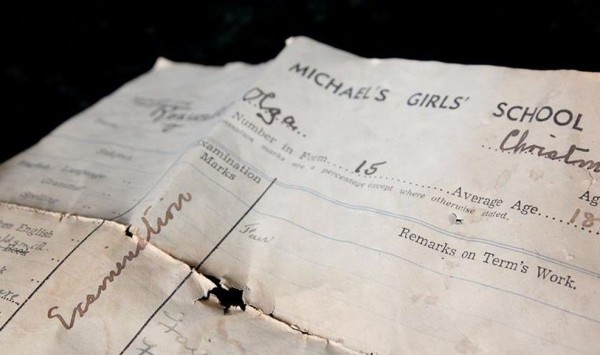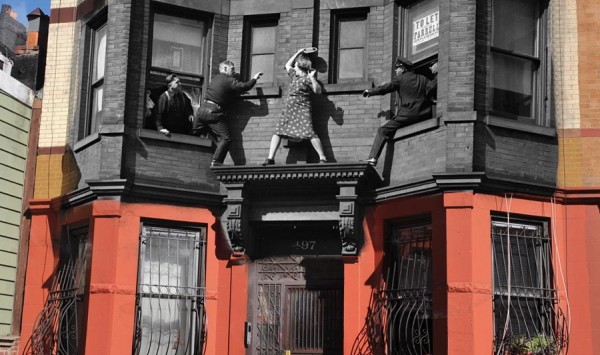THE DELIGHT OF A CLINTON HILL BOY (1945)
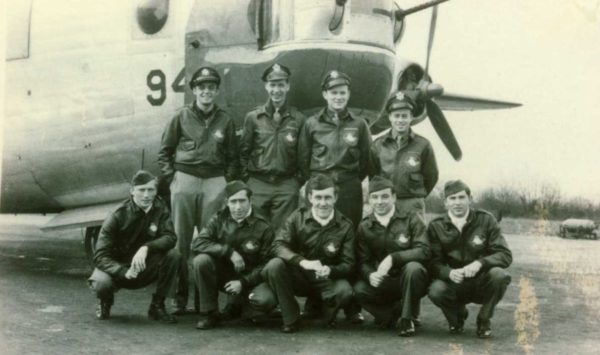
******************************************************************************************************************************** Brownstone Detectives investigates the history of our clients’ homes. The story you are about to read was composed from research conducted in the course of one of those investigations. Do you know the history of YOUR house? ******************************************************************************************************************************** (The following is an excerpt from the Brownstone Detectives House History Book, No. 241 Washington Avenue – The Story of a House.) On a cloudy windy December evening, the crew of the B-24 Liberator “Beaver’s Baby,” flying at an altitude of 23,000 feet, neared the Belgian border. On the return leg of a bombing mission over Hanau, Germany, the plane’s pilot, Captain Clarence “Bart” Barton, had a crucial decision to make. Their heavy bomber had lost an engine and, according to the Barton, “another was almost gone.” It was clear, he decided, that they would be unnecessarily risking their plane and crew if they attempted a channel crossing considering their plane’s condition. Barton thus alerted his men that they were going to have to make a forced landing somewhere. He, thus, directed his navigator, 18-year-old Lieutenant Robert F. Palestri, to identify the coordinates of the nearest friendly airfield and to guide them to that location. Nearing Belgian soil, after hours of flying over Germany, the crew’s navigator oriented the pilot toward what appeared to be a dark Belgian runway many thousands of feet below them. With the coordinates to guide them, the pilot began inching his aircraft downward. As they dropped altitude and their bomber began to approach the general location […]
THE CHANGING FACE OF A STOOP (1921)
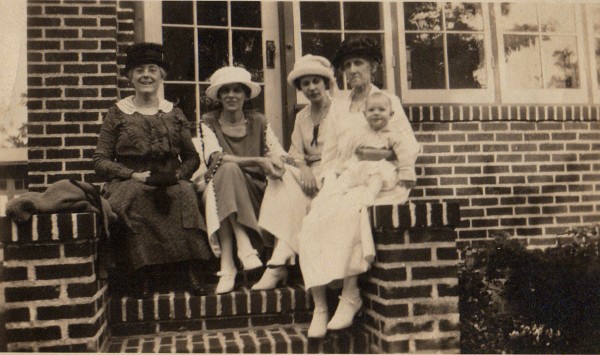
******************************************************************************************************************************** Brownstone Detectives investigates the history of our clients’ homes. The story you are about to read was composed from research conducted in the course of one of those investigations. Do you know the history of YOUR house? ******************************************************************************************************************************** In 1921, the Nilsen family purchased their Bay Ridge home at 8719 Colonial Road. Immediately, it seems, they began to document a lifelong record of their family’s generations, all surrounding one of the more iconic features attached to a Brooklyn home – their stoop. With a fascinating collection of photographs arranged in a chronological order, Bonnie Nilsen – whose father, Frank, is in most of the photographs – laid out her family’s record of life on the stoop of the original Nilsen family home. (The original record – along with Bonnie’s other photographs – can be seen at her website, BonnieNilsen.com.) In the meantime, though, we’d like to share a few of the more “stoop-central” photographs below. (See if you can spot the changes over the years.) Follow @BrownstoneDetec Share ———————————————————————————————————————– The Brownstone Detectives Brownstone Detectives is an historic property research agency. Our mission is to document and save the histories of our clients’ homes. From our research, we produce our celebrated House History Books and House History Reports. Contact us today to begin discovering the history of your home.
A MORBID MYSTERY IN PARK SLOPE (1940)
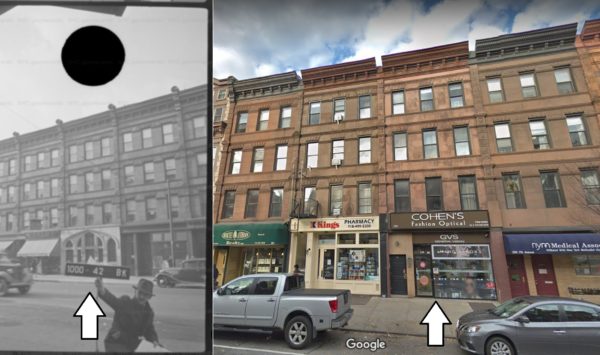
******************************************************************************************************************************** Brownstone Detectives investigates the history of our clients’ homes. The story you are about to read was composed from research conducted in the course of one of those investigations. Do you know the history of YOUR house? ******************************************************************************************************************************** When researching our clients’ properties we often come across some pretty outrageous stories, fantastic histories, and some strangely enigmatic images. During a recent review of some of the city’s tax photos featuring properties in Brooklyn from the 1940s, we came across this very interesting, yet certainly fleeting (it no longer exists), architecture constructed into a storefront on Brooklyn’s Seventh Avenue (see the left side of the photo above). It is apparent, from the rest of the neighboring storefronts, that No. 298 Seventh Avenue’s facade had been altered at some point, but to what end? The modified storefront projected a very gothic image that told passersby that something very different – and important – was going on within the building. We wondered was it a chapel, a little church, a museum? Unfortunately, the resolution of the city’s tax photos are often too grainy to make out much detail, so we had to look elsewhere for answers. We, thus, resorted to the archival images of Brooklyn newspapers to determine what had existed at No. 298 in the 1930s/1940s. When the following image popped up in our search results, all was made clear. No. 298 Seventh Avenue was a second-to-final destination for many Park Slope Brooklynites: Follow @BrownstoneDetec Share ———————————————————————————————————————– The Brownstone Detectives Brownstone […]
THE CRUMBLING OF MACON & MALCOLM
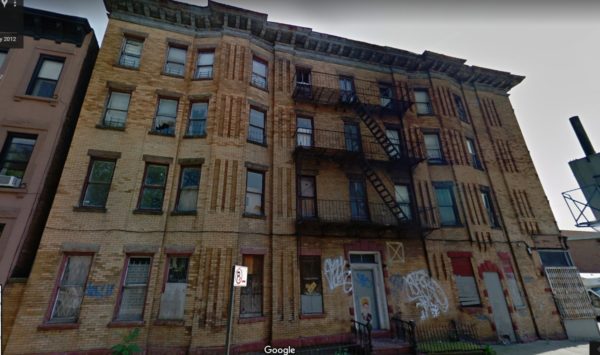
******************************************************************************************************************************** Brownstone Detectives investigates the history of our clients’ homes. The story you are about to read was composed from research conducted in the course of one of those investigations. Do you know the history of YOUR house? ******************************************************************************************************************************** (This post has been updated as of 8 February 2021.) The apartment building at the corner of Malcolm X Boulevard and Macon Street, No. 265 Malcolm X Blvd/546 Macon Street, which was constructed ca. the 1890s, has experienced an increased deterioration in the past 20 years. Although we don’t have a current snapshot of the building, the Department of Buildings notes that there is a sidewalk shed there, the existence of which was likely due to a failure to maintain building (i.e., falling glass, mortar, cornice, &c.). The building is currently owned by the Mission Field Church. The property has 12 complaints and 33 open violations. See in pictures how the structure has deteriorated over just the past ten years. Follow @BrownstoneDetec Share ———————————————————————————————————————– The Brownstone Detectives Brownstone Detectives is an historic property research agency. Our mission is to document and save the histories of our clients’ homes. From our research, we produce our celebrated House History Books and House History Reports. Contact us today to begin discovering the history of your home.
WHEN BROOKLYN WAS (PRE-) FAB (1946)
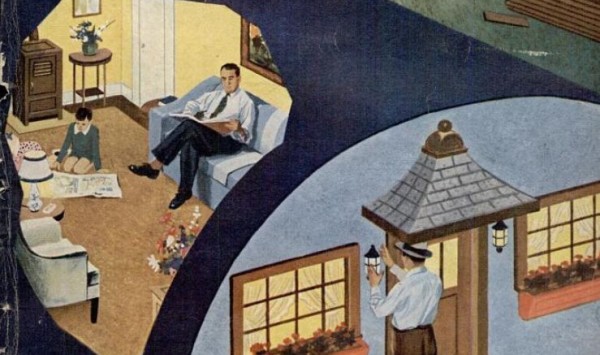
******************************************************************************************************************************** Brownstone Detectives investigates the history of our clients’ homes. The story you are about to read was composed from research conducted in the course of one of those investigations. Do you know the history of YOUR house? ******************************************************************************************************************************** When Johnny came marching home again – he found a housing shortage. As World War II ended right on the tail end of the Depression, the City of New York realized it had a crisis on its hands. Relatively little housing had been built in the previous 15 years and suddenly, with the war winding down, veterans would be returning en masse to a “smaller” city. Robert Moses proposed the temporary solution that seemed to perfectly address the veteran housing shortage – quonset huts. Servicemen would certainly be familiar with them – those curved corrugated “shacks” so familiar to the boys who fought in the Pacific. Used there as quickly built administrative offices and barracks, they were the solution for an army “on-the-go.” But would veterans want to live in them – again? BROOKLYN’S HUTS GO UP In Brooklyn, after much heated debate as to what to build, where, and for how much, acres of land in Canarsie, Jamaica Bay, and the area along the Belt Parkway in the south of Brooklyn, were all selected upon which to build temporary public housing in the form of the Federal surplus quonset huts. These structures, with their curved, corrugated roofs, potbellied stoves in each living room for heat, and a common ground between […]
THE “GOODFELLAS” OF CUMBERLAND STREET
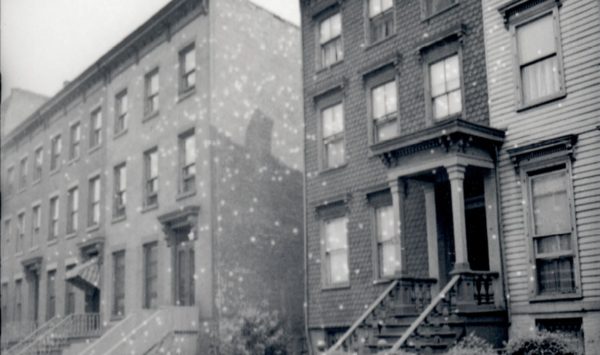
One of the Brownstone Detectives’ first House History Books, No. 231 Cumberland Street: The Story of a House, tells the story of an 1852 antebellum frame home just steps from Fort Greene Park. It’s an action-packed tome, replete with treachery, “poudrette,” “small art,” SROs, and the gangland figures from “Goodfellas.” Here is a brief timeline of the history of this single landmarked property, matched up with “spreads” from the book: THE HISTORY OF A BROOKLYN HOUSE The land beneath which No. 231 would someday rise, started out as a tobacco farm owned by the first Italian immigrant to New York, Pietre Cesare Alberti. The farmland would eventually be built upon in 1851-2, when builder John Ross constructed a row of three homes there. First owned by a woman with a tragic history, a melodrama involving treachery, another man, and an infant daughter – which became the gossip of the newspapers of the time – No. 231 was rented out throughout the the 1850s and 1860s, in addition to many returning Civil War veterans, to merchants and their small families. One of those merchants featured prominently in the founding of the Lafayette Avenue Presbytery Church. Before this, however, he had begun his interesting career as a Night Soil Man – starting a company which, amongst other “agricultural” endeavors, collected human excrement from the backyard privvies of Brooklyn, selling this “compost” to Long Island farmers as the appropriately – if euphemistically – named “poudrette.” The property was then owned by an immigrant, […]
THE TRAIN THAT RAN ABOVE LEXINGTON (1947)
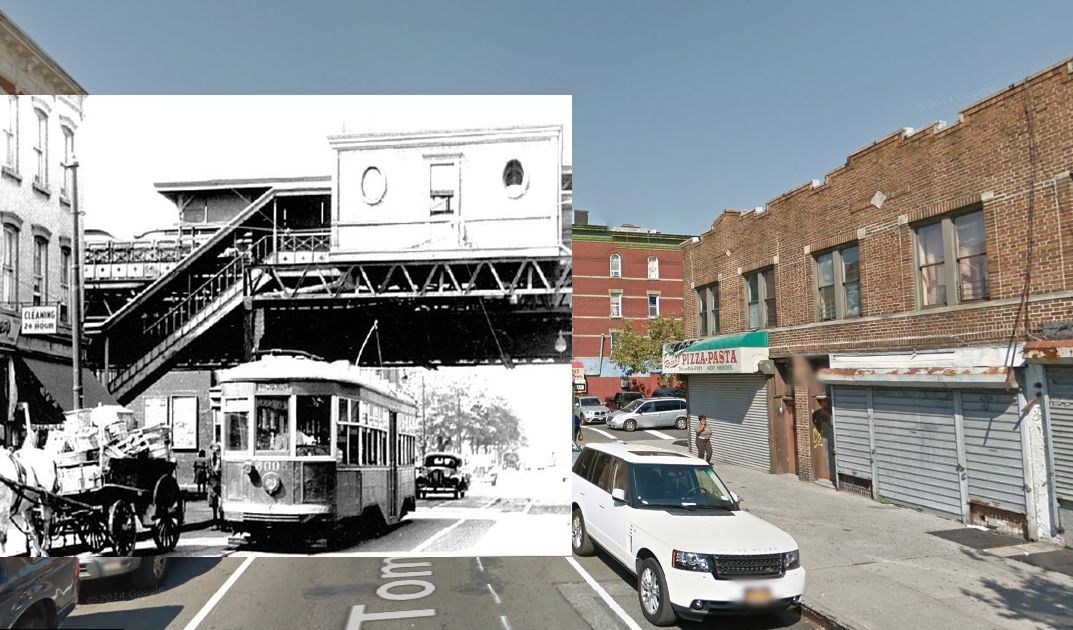
******************************************************************************************************************************** Brownstone Detectives investigates the history of our clients’ homes. The story you are about to read was composed from research conducted in the course of one of those investigations. Do you know the history of YOUR house? ******************************************************************************************************************************** Yes, there not only used to be a streetcar running down Tompkins Avenue in Bedford-Stuyvesant, but Lexington also at one time had sported its very own elevated subway train. Opening in 1885, the Lexington elevated train was in the vanguard of bringing owners and potential homebuyers to the Bedford and Stuyvesant Heights areas. The Lexington Avenue “el,” as it was called, split from the Myrtle Avenue elevated (yes, there was one up there, too) at Grand Avenue, where it headed down to Lexington then turned east and headed in the direction of Broadway. Taken in 1947, this picture shows the confluence of these two avenues and forms of transportation. You can also see automobiles of the period and an anachronism – even for the times – a horse with its cart parked along Tompkins. A few years after this picture was taken, demolition began on the elevated line. Read more about this line (and how long traces of it existed even after it had been demolished) on Forgotten New York. Follow @BrownstoneDetec Share ———————————————————————————————————————– The Brownstone Detectives Brownstone Detectives is an historic property research agency. Our mission is to document and save the histories of our clients’ homes. From our research, we produce our celebrated House History Books and House History […]
